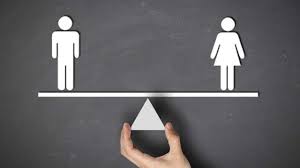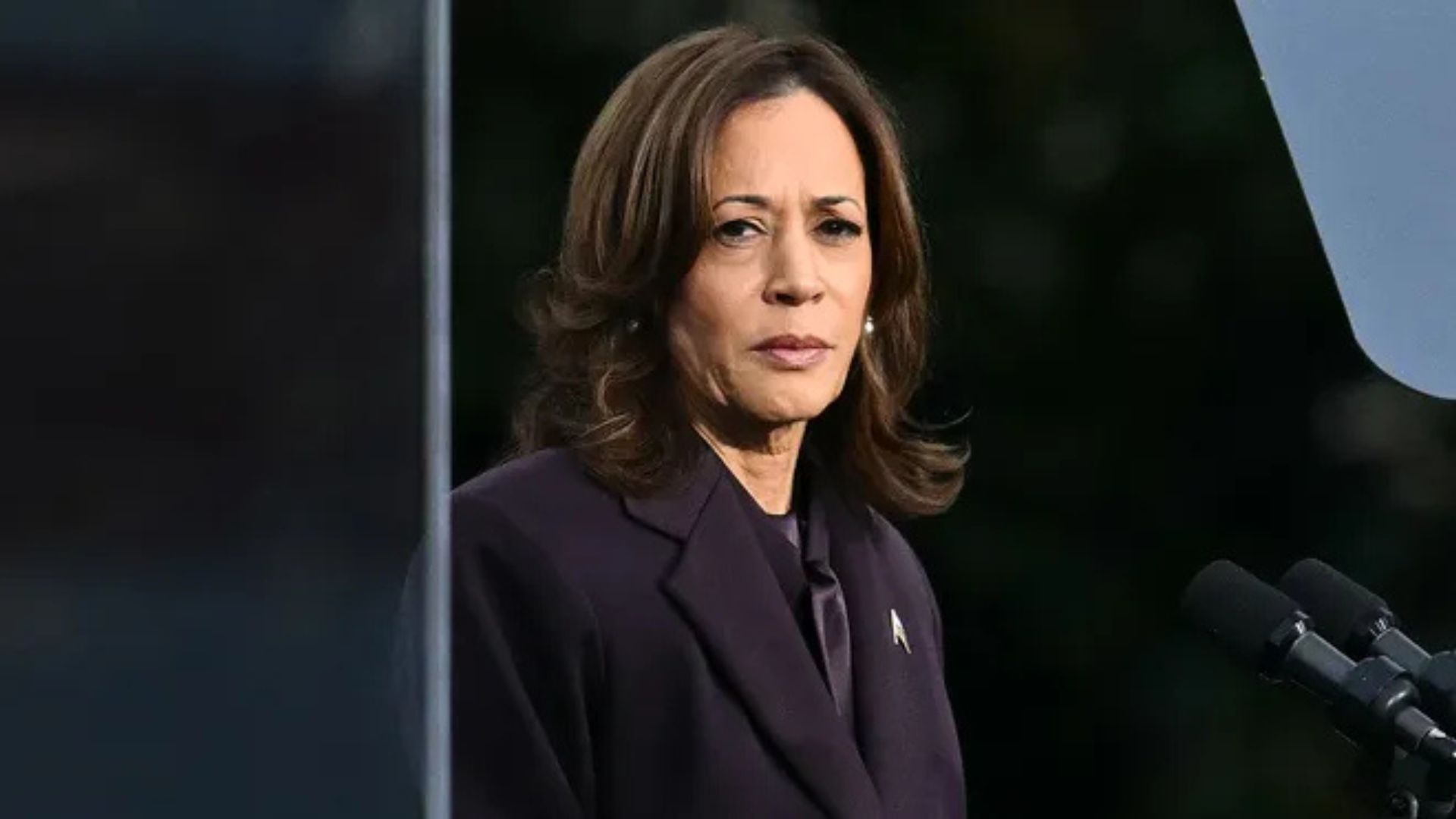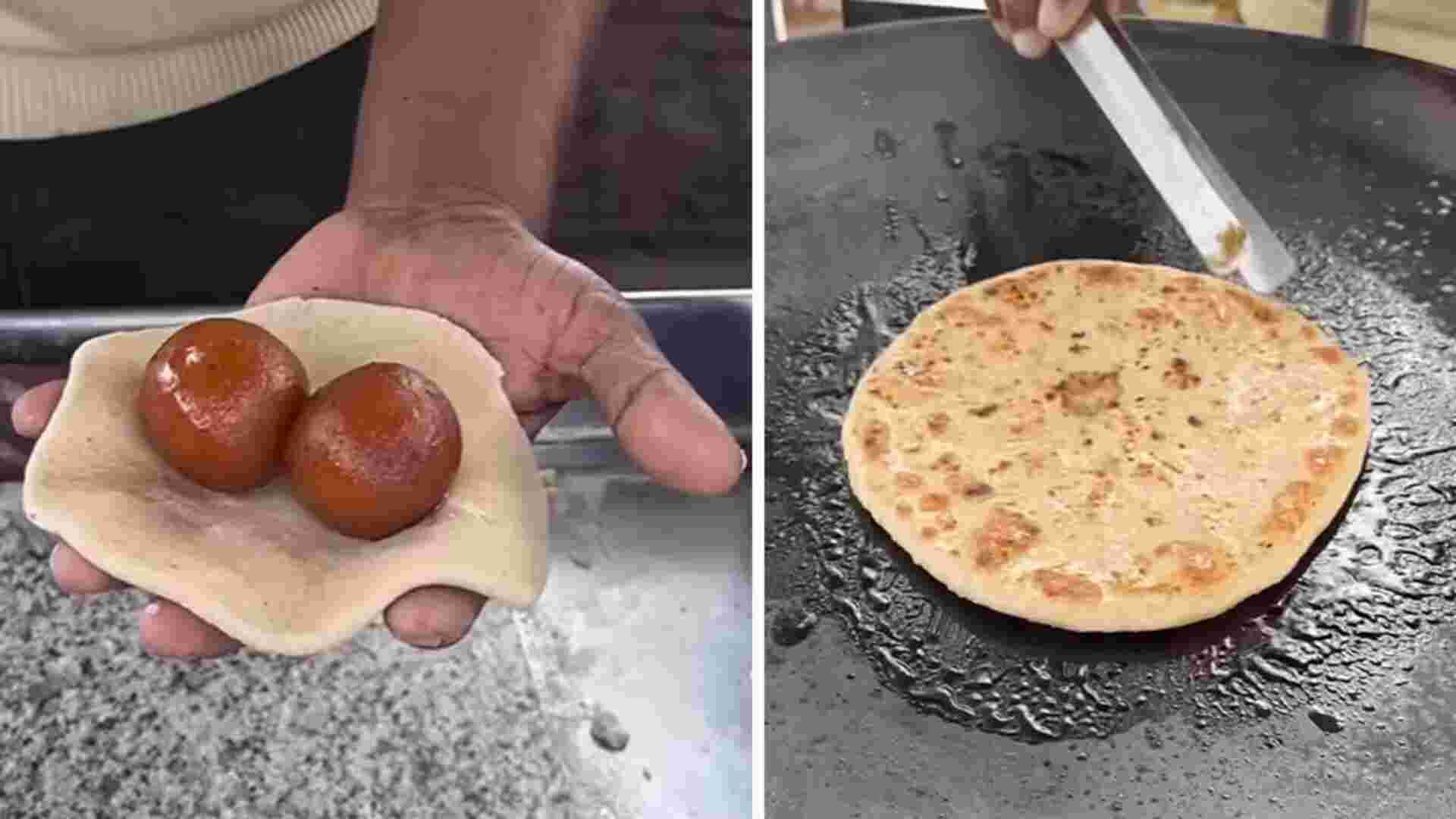
The concept of development has had different connotations throughout history, both theoretically and politically. We all relate with one connotation of development—that is “positive change”. However, the concept of development goes beyond change. It is a progress of more than one aspect of life, a process where current improvements are built on the previous. This is possible only when there are changes at the grassroots. This is what is referred to as “Sustainable Development”. The United Nations Member States in 2015 identified 17 broad areas that need to be addressed for any nation to attain sustainable development. Of these, gender equality is one of the core goals of development, which is not only a fundamental human right, but a necessary foundation for a peaceful, prosperous and sustainable world. There has been progress over the last decades, but the world is not on track to achieve gender equality by 2030. The social and economic fallout from the Covid-19 pandemic has made the situation even bleaker. Progress in many areas, including time spent on unpaid care and domestic work, decision-making regarding sexual and reproductive health, and gender-responsive budgeting, is falling behind.
Gender discrimination across sectors is known to all. In India, gender disparity is not only pervasive, but often women are treated as second-class citizens. Challenges of women in Indian agriculture sector are multi-fold and it starts with the basic threat of identity. Due to inconsistency in the definitions used, a woman, despite spending hours in fields, is not recognised as cultivator. Women in most cases do not enjoy ownership rights and, therefore, cannot get access to institutional credit. According to the statistics released by the University of Maryland and the National Council of Applied Economic Research (NCAER, 2018), women constitute over 42% of the agricultural labour force in India, but own less than 2% of farmland. Poor access to credit and other financial services, including crop insurance stemming from poor financial literacy among women, are some of the challenges that need to be urgently tackled.
Several efforts were taken to give women their rights in the field. For instance, in 2011, M.S. Swaminathan proposed the “Women Farmer’s Entitlement Bill” which lapsed in 2013. The Hindu Succession Amendment Act (2005) granted coparcenary rights to daughters and equal inheritance rights. The draft of the National Women’s Policy (2016), prepared by the Union Ministry of Women and Child Development, recognised the importance of land rights for women. However, number of factors constrain women in exercising their legal rights, including patrilocal post-marital residence, village exogamy, opposition to mobility from men, traditionally institutionalised gender roles, low female literacy and awareness, male dominance in administrative, judicial, and other public decision-making bodies at all levels.
Another facet of gender discrimination is wage-gap disparity. Growth of wage rate at any given time is a response to supply and demand for labour. However, if men and women were perfect substitutes of one another, a decline in female labour supply should have increased the wage rate of both men and women and not affect the gender gap. The lack of perfect sustainability that is found in most states in both agriculture and non-agriculture sector is one of the major factors leading to the widening wage gap.
Using the India Human Development Survey (IHDS, 2018), we find that gender wage inequalities in the agriculture sector of India widen as the size of the village increases. This implies that women employed in the Indian agricultural sector have a double disadvantage. First, as the village grows, the advantages of growth are harnessed by rest of the sectors and not by the agriculture sector. Second, the impact of disadvantage keeps on growing as the population size of the village grows.
Thus, women in agriculture are not only deprived of the rights of ownership but are often at the end of the tunnel in receiving the benefits of development. Solution to this lies in making men and women perfect substitutes of one another. The latest National Family Health Survey (NFHS):2020-21 have shown some encouraging statistics of larger proportion of women owning land, having bank accounts, use of mobile phones etc as compared to the previous survey 2015-16. Whether the improvement is substantial remains a debate. The Global Gender Gap Report 2022 places India at 135 out of 146 countries. India has slightly improved its position from bottom 6 in 2021 to bottom 11 in 2022.
We have taken few steps towards development, but it is a long path to cover. India’s position of being among bottom 11 countries should be a wake-up call to all of us. To achieve this goal, a complete strategy is required which starts from healthcare, perfect nutrition, access to education, child protection, social policy, training, and awareness on the same footing as that of men. Most importantly, more women should come forward, take leadership to bring in this change which is crucial for sustainable development of any economy.
Dr Minakshi Chakraborty is a Senior Economist, Mahindra & Mahindra.














